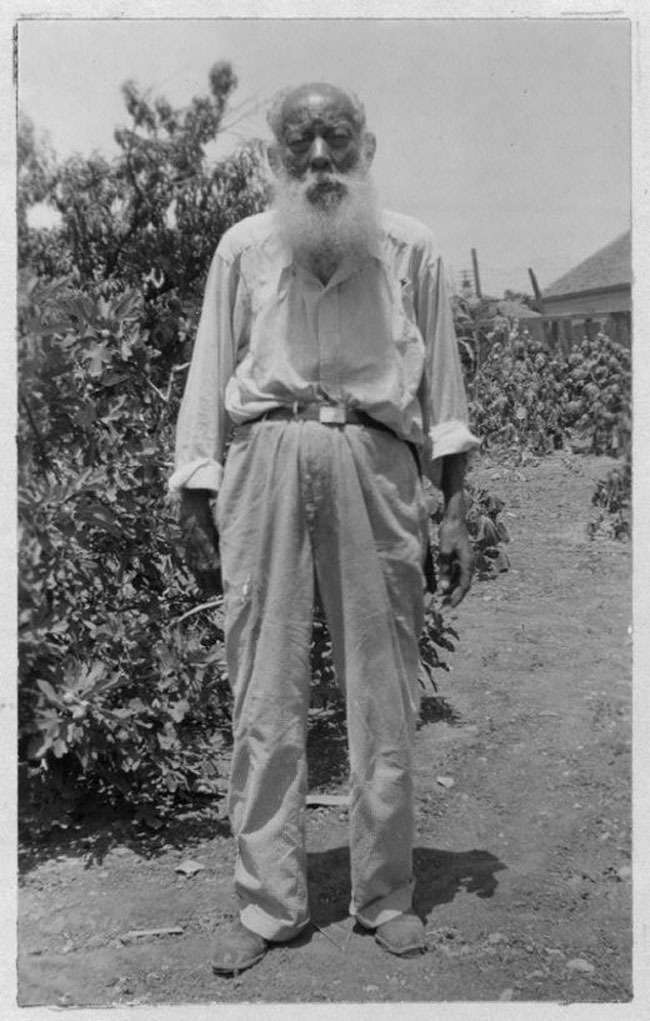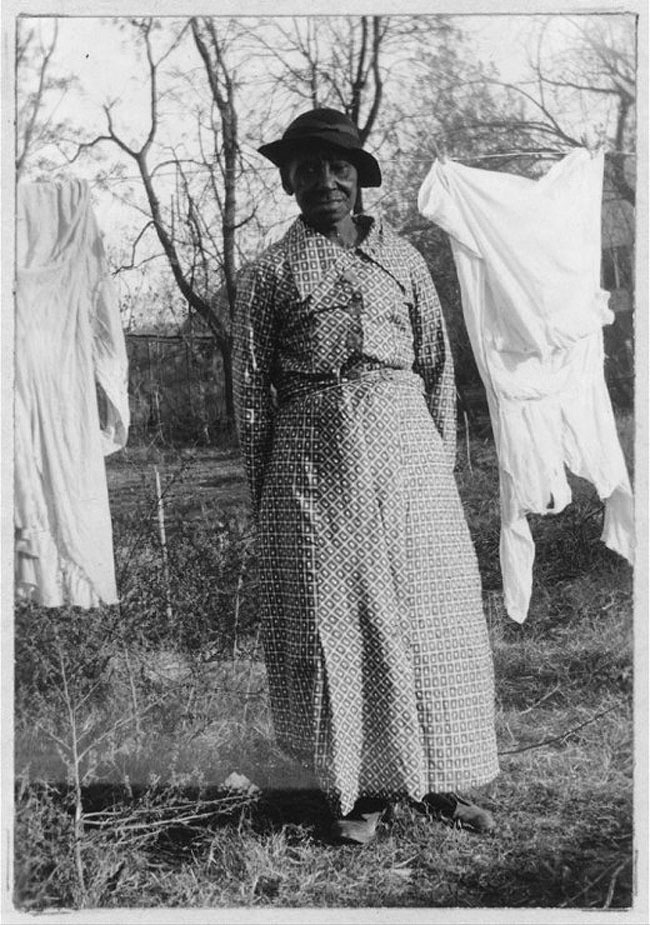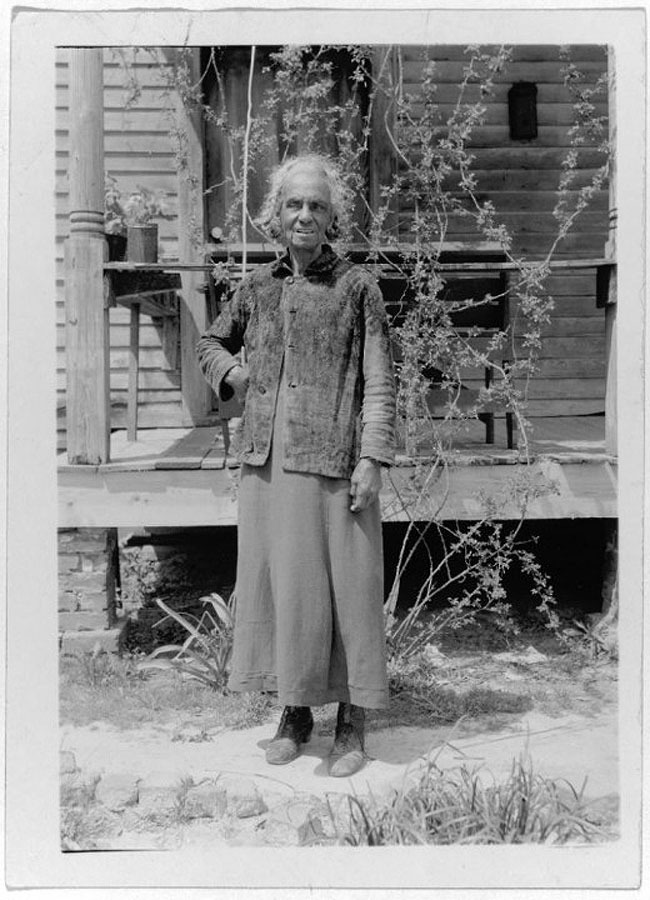Echoes of Freedom: 20 Haunting Photographs Of American Slaves 70 Years After Abolition
In the 1920s and 1930s, a renewed interest in the history of slavery in the United States began to emerge. This was a period when the scars of the Civil War were still visible, and the memories of slavery were still fresh in the minds of many.
As part of the Federal Writers’ Project, a branch of the Works Progress Administration (WPA), an extensive collection of first-person accounts and photographs of former slaves was compiled between 1936 and 1938.
These interviews and portraits reveal the lives of those who endured the horrors of slavery and survived to witness its abolition.
More than 2,000 narratives were collected, and over 500 black-and-white photographs were taken, capturing the faces of individuals who had lived through one of the darkest chapters in American history.
By this time, many of these former slaves were in their 80s and 90s, with some even surpassing 100 years of age. It was urgent to document their experiences because these witnesses to history would soon be gone, taking their stories with them.
The importance of remembering

The collection of these testimonials was driven by more than just historical curiosity. The 1930s was a time when the surviving former slaves were elderly, and there was a pressing need to preserve their stories before they were lost forever.
Slavery in America began in 1619 when the first African slaves were brought to the North American colony of Jamestown, Virginia.

Over the next two centuries, slavery became entrenched in the American economy, particularly in the southern states, where it was vital to the production of lucrative crops like tobacco and cotton.
By the mid-19th century, the issue of slavery had become a national crisis, leading to the Civil War, a conflict that would ultimately bring about the abolition of slavery.
The legacy of slavery in America

The legacy of slavery did not end with the Emancipation Proclamation or the Union victory in the Civil War. The years following abolition were marked by the struggle of newly freed slaves to find their place in a society that was still deeply racist and segregated.
The Reconstruction era, which promised so much, ultimately failed to deliver lasting equality. Instead, it was followed by the rise of Jim Crow laws, which enforced racial segregation and disenfranchised African Americans for nearly a century.

The civil rights movement of the 1960s, which emerged nearly a century after emancipation, sought to address these ongoing injustices.
The movement, driven by the descendants of slaves and those who stood in solidarity with them, fought for the rights that had been denied to African Americans for so long.
The surviving witnesses
The photographs taken during the Federal Writers’ Project are not just images; they are windows into the past. Each face tells a story. Below are some of the individuals whose portraits were captured:
1. Jennie Bowen, Age 90, Alabama

Jennie Bowen, at age 90, was one of the many individuals interviewed by the Federal Writers’ Project as part of their effort to preserve the stories of formerly enslaved people in the 1930s.
Alabama, with its history of slavery and post-Reconstruction struggles, was home to many like Jennie Bowen, who shared firsthand accounts of slavery, emancipation, and the evolving social landscape.
2. George Eatman, Age 93, Alabama

Another survivor, George Eatman, lived to see the beginning and end of the Reconstruction era. His life spanned a period of profound change, from the days of bondage to the slow, painful progress toward equality.
3. Lizzie Hill, Age 94, Alabama

Lizzie Hill’s portrait captures a woman who experienced the full brunt of slavery and its aftermath. Her eyes, filled with memories, look beyond the camera, perhaps reflecting on the years of hardship and the fleeting moments of hope.
4. Anderson and Minerva Edwards, Ages 93 and 87, Texas

The photograph of Anderson and Minerva Edwards is particularly poignant. This couple, who spent their lives together, witnessed the abolition of slavery, the struggles of Reconstruction, and the onset of Jim Crow.
Their bond is a testament to the enduring power of love and companionship in the face of unimaginable adversity.
5. William Henry Towns, Age 83, Alabama

William Henry Towns represents the younger end of the spectrum among the former slaves interviewed. Even though he was just a child when slavery was abolished, the weight of his experiences is evident in his photograph.
6. James D. Johnson, Age 77, Texas

James D. Johnson was one of the younger interviewees, having been a child during the final years of slavery. His portrait captures the reflections of a man who grew up in a world that was changing but still deeply marked by the scars of slavery.
7. Allen Thomas, Age 97, Texas

At nearly 100 years old, Allen Thomas’s image stands as a testament to the resilience of the human spirit. His life spanned the entire period from the Civil War through the Great Depression.
8. Betty Powers, Age 80, Texas

Betty Powers’s photograph shows a woman who lived through both the end of slavery and the rise of segregation. Her life was marked by the challenges of navigating a world still hostile to African Americans.
9. Bill Homer, Age 87, Texas

Bill Homer’s portrait is a reminder of the many African Americans who, despite the end of slavery, continued to face immense challenges in their fight for equality.
10. Daniel Taylor, Alabama

Daniel Taylor’s image is less known but no less important. His life story adds to the rich tapestry of experiences that former slaves shared during this period.
11. Ellen Payne, Age 88, Texas

Ellen Payne’s photograph captures the grace and dignity of a woman who endured the horrors of slavery and lived to see its end.
12. Gabe Hines, Alabama

Gabe Hines’s portrait is a stark reminder of the physical and emotional toll that slavery took on those who endured it.
13. George Dillard, Age 85, Alabama

George Dillard’s image reflects a life marked by struggle but also by resilience. His face tells the story of a man who witnessed incredible change over his lifetime.
14. Georgia Flournoy, Alabama

Georgia Flournoy’s photograph shows a woman who lived through the end of slavery and the rise of a new era, yet still faced the same challenges of her predecessors.
15. Delia Garlic, Age 100

The photograph features Delia Garlic, aged 100, taken during her 1937 interview with the Federal Writers’ Project.
This was a significant project undertaken during the Great Depression, where writers documented the stories and experiences of formerly enslaved individuals like Delia Garlic.
16. Mary Thompson, Age 87, Austin, Texas

17. Preely Coleman, Age 85, Texas


